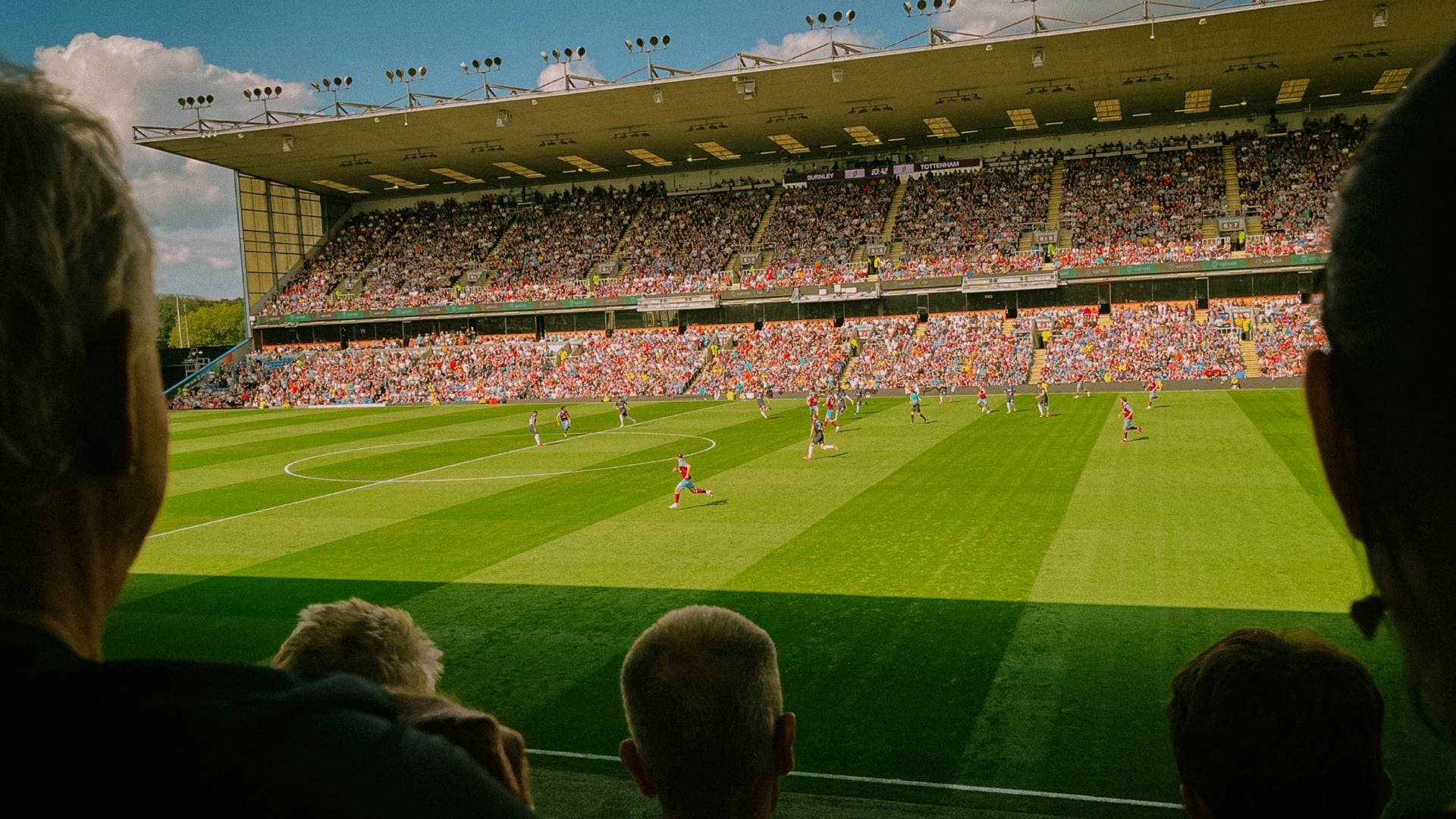Strikeball Arena is played on a rectangular field divided into two halves, like dodgeball, but with two soccer goals on each side of the field. Two types of balls are used:
Strike Ball: Smaller and softer, to hit opponents.
Goal Ball: A normal soccer ball, used to score.
Players:
Each team consists of 6 players:
2 Attackers: They focus on the goal ball.
2 Defenders: They protect the goal and throw the strike ball.
1 Dodger: An expert in movements, helps avoid shots.
1 Goalkeeper: Can block goal balls but not interact with strike balls.
Duration:
The match lasts 3 halves of 7 minutes, with a 2-minute break between halves.
Main rules:
1. Objective:
Score the most goals with the goal ball.
Temporarily eliminate opponents by hitting them with the strike ball.
2. Use of Balls:
Players can hit opponents with the strike ball. A player hit leaves the field for 30 seconds.
The goal ball can only be kicked or passed by players who are not eliminated.
3. Special Zones:
Each half of the field is divided into two zones:
Attack Zone: where you can kick the goal ball towards the opponent's goal.
Evasion Zone: where you defend yourself from strike balls.
4. Scoring a Goal:
Each goal is worth 3 points.
If the goal is scored immediately after eliminating an opponent with a strike ball, it is worth 5 points.
5. Ball Recovery:
If a player catches a strike ball thrown by the opponents, the shooter is eliminated for 30 seconds and one of the eliminated teammates can re-enter the game.
6. Mandatory Rotation:
Each player must change roles at each half, ensuring dynamism and versatility.
Penalties:
Hitting the goalkeeper with the strike ball results in a 1-minute suspension.
Kicking the strike ball instead of the goal ball results in a yellow card.
Committing an intentional foul to stop an opponent with the goal ball results in a penalty (direct shot from the edge of the goal area).
Strategy:
Teams must balance offense and defense, deciding whether to focus on goals or eliminating opponents.
Dodging becomes essential to stay in the game, but anticipating the movements of the goal ball can also turn the tide.
Strikeball Arena is an intense and spectacular sport, perfect for lovers of frenetic and creative competition!























